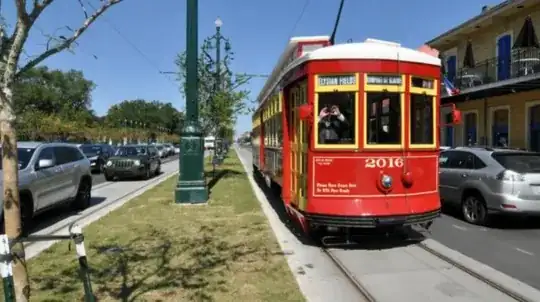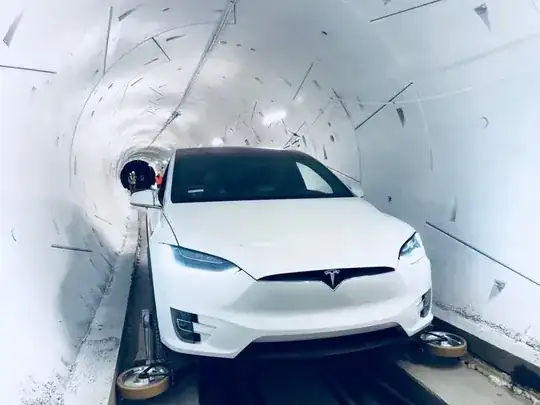The valuable thing about a railroad is the right of way
That's why Rails to Trails exists: to prevent the abandoned right-of-way from being sectioned off, so it can be held in reserve for something really valuable in the future!
You typically have a 25 meter (80’) right of way, and regular railroad tracks take 4 meters (13’) per track, transit somewhat less. So if you are pushy, you have space for 6 tracks before we start using eminent domain to shave people's backyards.
So for regular railroad operation, you allocate 2 freight on the outside / 2 passenger on the inside, compatible, so they can borrow each other's same-direction track for overtakes). That takes 4.
We got really good at autonomous vehicles, and they use slightly different rails (not interchangeable, don't want to mix those). So 2 additional tracks for your modular vehicle system. That is workable. All vehicles travel at the same speed. They are either computer controlled with close following, or you lash up many vehicles into trains so they dispatch as one vehicle, or both.
I doubt they would work as personal vehicles. Rail requires very consistent maintenance of vehicles. So this would be best done as one or many agencies or companies all repairing to the same standard. Both wayside detectors and onboard fault analysis would be looking for anything that could derail a train. There would be maintenance intervals and condemning limits for everything. You really couldn't leave this kind of maintenance to citizens. They don't do PM, and can barely pass smog today.
Speed is the answer
People won't just leave their cars behind, they'll leave their Cessna's behind.
Once trackways and maintenance are to this level, speed becomes less of a threat to safety. The aerodynamic drag of high speed movement is largely solved by coupling cars into trains.
So you can get going pretty fast. 150 mph would be well within reach, and remember, with "first and last mile" shuttles (which are cars), your portal to portal trip time is quite good.
Stuff
The remaining trick is carrying your stuff. That would be done with containerization. All your stuff goes into a standard container which clips into the vehicle.
Containers come in several sizes, from suitcases to the size of a Sprinter van. There are train modules to fit each one.
There are "last mile" services much like DoorDash or Uber today, which will get your container from your house to the rail station, and from the destination rail station to your destination. They'll do the same for you as well.
Say you're an plumbing contractor who's going to Flint MI to fix bad pipes. You have a container with all your tools and supplies. You call for an Uber, the Uber shows up, grabs your container, grabs you and your apprentice, and off you go to the train station where you and the container get on a truck-module. Whoosh, through the system you go. At the Flint train station, another Uber shows up and takes your container to the job site. End of the day, another Uber takes it to secure storage and you to a hotel.

